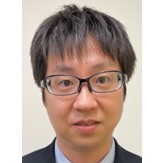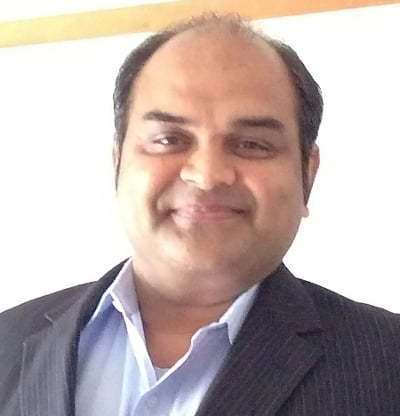Smart Systems (SmaSys2023)
A special issue of Technologies (ISSN 2227-7080). This special issue belongs to the section "Innovations in Materials Processing".
Deadline for manuscript submissions: 30 April 2024 | Viewed by 1581
Special Issue Editors
Interests: polymer chemistry; organic–inorganic hybrid material; green chemistry
Special Issues, Collections and Topics in MDPI journals
Interests: polymer physics; crystallization
Special Issues, Collections and Topics in MDPI journals
Interests: polymer chemistry; organic electronics; material science
Special Issues, Collections and Topics in MDPI journals
Interests: molecular simulations; soft matter dynamics and rheology
Special Issues, Collections and Topics in MDPI journals
Special Issue Information
Dear Colleagues,
We are planning to publish a Special Issue on "Smart Systems 2023" related to the International Conference of Smart Systems Engineering (SmaSys2023, https://smartsystems.yz.yamagata-u.ac.jp/), which will be held on 12 October 2023, in Yamagata, Japan. The Special Issue “Smart Systems 2023” provides opportunities for collaboration across a wide range of fields and technologies related to emerging smart systems. Smart systems concern broad scientific and engineering fields. They include organic materials, organic electronics, organic devices, biomaterials, biomedical and biosystem engineering, electrical engineering and informatics, mechanical systems engineering, smart flexible structures and systems, green materials and their processing, tourism engineering with agriculture and foods, and new engineering education.
All participants of SmaSys2023 and their colleagues, especially their students, are encouraged to submit their works to this Special Issue.
Prof. Dr. Bungo Ochiai
Prof. Dr. Go Matsuba
Prof. Dr. Tomoya Higashihara
Dr. Sathish K. Sukumaran
Guest Editors
Manuscript Submission Information
Manuscripts should be submitted online at www.mdpi.com by registering and logging in to this website. Once you are registered, click here to go to the submission form. Manuscripts can be submitted until the deadline. All submissions that pass pre-check are peer-reviewed. Accepted papers will be published continuously in the journal (as soon as accepted) and will be listed together on the special issue website. Research articles, review articles as well as short communications are invited. For planned papers, a title and short abstract (about 100 words) can be sent to the Editorial Office for announcement on this website.
Submitted manuscripts should not have been published previously, nor be under consideration for publication elsewhere (except conference proceedings papers). All manuscripts are thoroughly refereed through a single-blind peer-review process. A guide for authors and other relevant information for submission of manuscripts is available on the Instructions for Authors page. Technologies is an international peer-reviewed open access monthly journal published by MDPI.
Please visit the Instructions for Authors page before submitting a manuscript. The Article Processing Charge (APC) for publication in this open access journal is 1600 CHF (Swiss Francs). Submitted papers should be well formatted and use good English. Authors may use MDPI's English editing service prior to publication or during author revisions.
Keywords
- organic materials, organic electronics, and organic devices
- biomaterials, biomedical, and biosystems engineering
- electrical engineering and informatics
- mechanical systems engineering
- smart flexible structures and systems
- green materials and processing
- tourism engineering with agriculture and foods
- new engineering education








